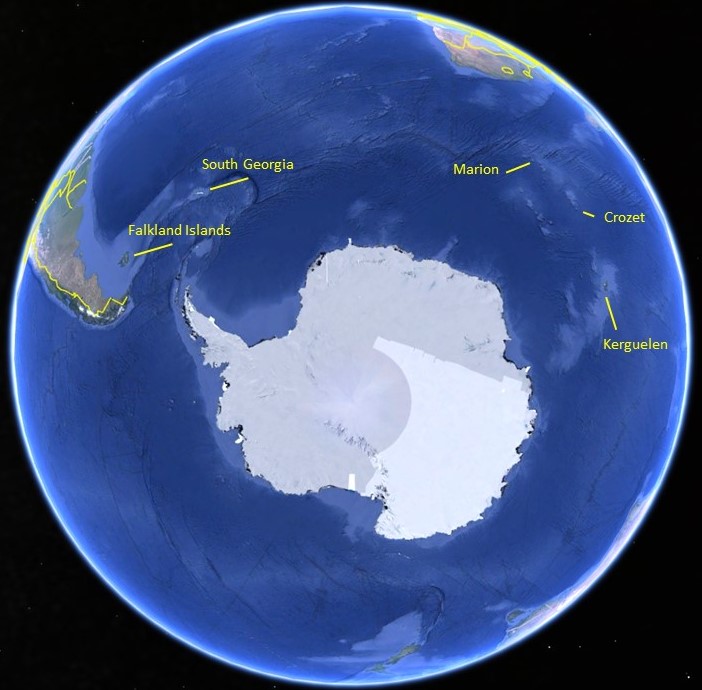One of the most remarkable beetle species occurring in the Falkland Islands is Leptusa (Halmaeusa) atriceps (Waterhouse, 1875), presented on the photo above (photo by Orlov et al 2019). It is a small, 4 to 5 mm long, wingless beetle associated mostly with decomposing seaweed on the beach. Geographical distribution of this species is unexpectedly broad. Based on the recent revision of the subgenus Halmaeusa (Orlov et al 2019), the same species, L. atriceps occurs in the Falklands, South Georgia, Marion, Crozet and Kerguelen islands. It took entomologists about 150 years since the first discovery of the species to figure out that the same species occurs on all the five islands (initially, beetles from different islands were treated as different species or subspecies). Many questions remain unanswered (in part because it is so difficult and expensive to get to these islands and sample fresh material suitable for molecular studies): How did this species colonize these remote islands (the distance between South Georgia and Marion is 5,000 km)? Is the Antarctic Circumpolar Current responsible? Or maybe it was the whalers? How recent the colonization of different islands was? Does this species also occur at the southern tip of South America?

On my way to the Falklands (to obtain fresh samples of Leptusa atriceps, among other things), I am stopping by at Punta Arenas, Chile. Although it is difficult to prove an absence of a species with 100% certainty, my search for Leptusa atriceps on the northern shore of the Strait of Magellan gave no result, even though other rove beetle species were quite abundant in decomposing seaweed on the beach. It appears that Leptusa atriceps indeed does not occur on the continental coast of South America.
![]()
